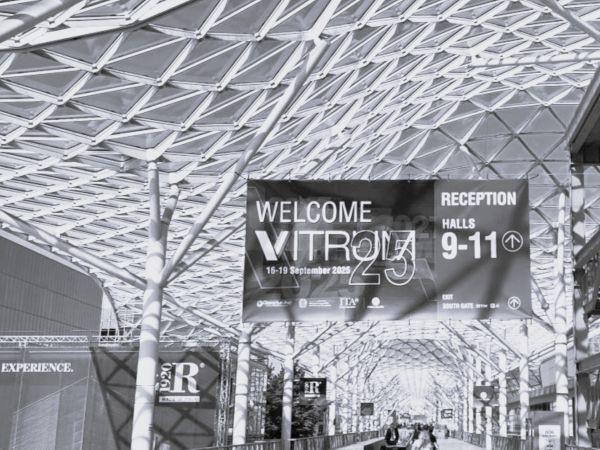
Date: 25 September 2025
He gave a presentation on the decarbonisation challenges facing the flat glass industry.
Over four days, from September 16 to 19, industry leaders, manufacturers, and innovators came together to exchange ideas, showcase technological progress, and debate the challenges shaping the future of flat glass production.
One of these challenges is undeniably the path to decarbonising flat glass melting, an issue that remains firmly at the top of the industry agenda. Bertrand Cazes highlighted during its presentation that the path to reducing emissions is both urgent and complex. Achieving the deep cuts required will not be possible through isolated action — it will demand an integrated effort across the entire ecosystem, from glass producers to machinery manufacturers. It is evident that decarbonisation does not exist in a vacuum. It requires technological innovation, massive investment, and robust business cases — none of which are fully secured for the flat glass sector today.
Another pressing concern repeatedly raised during the day was the influx of low-cost imports from outside the EU, particularly from China. These aggressive pricing strategies are disrupting the market and raising urgent questions: How can the European flat glass ecosystem remain competitive under these conditions? And is this a temporary phase or the beginning of a long-term structural challenge? Glass for Europe is actively working on this issue, diving deeper into the topic and its implications. This work is only meant to accelerate in the coming months.
VITRUM 2025 made clear that the industry stands at a crossroads. Decarbonisation, global competition, and investment capacity are deeply interwoven challenges that must be tackled with urgency and collaboration. The discussions in Milan underscored both the risks and the opportunities ahead, reminding participants that the future of flat glass depends on collective resilience, innovation, and strategic action.
 600450
600450


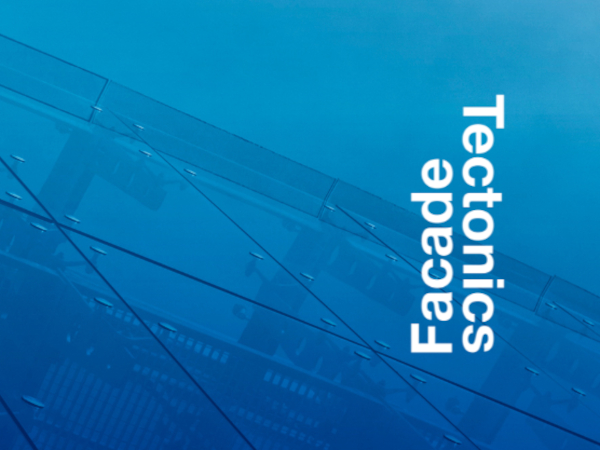
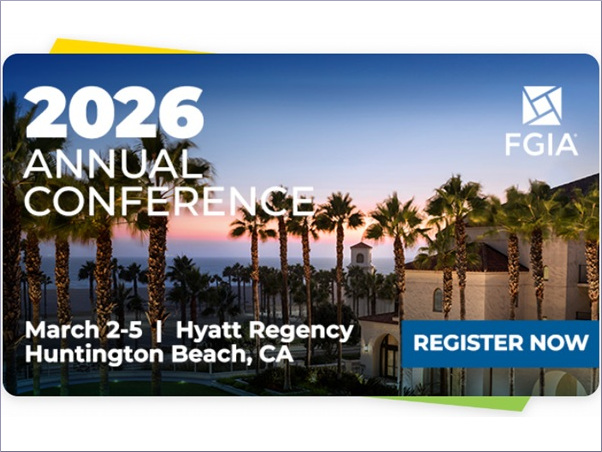
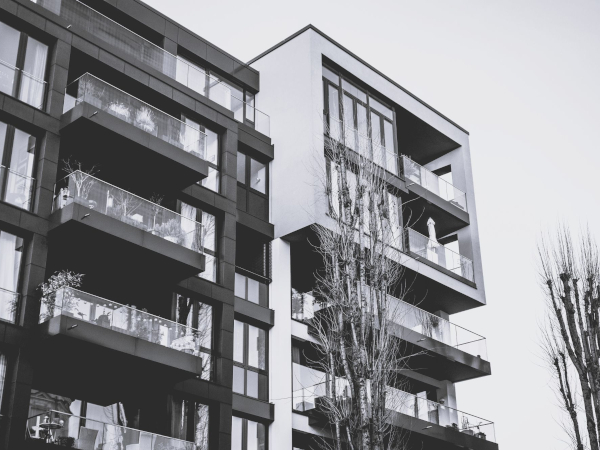
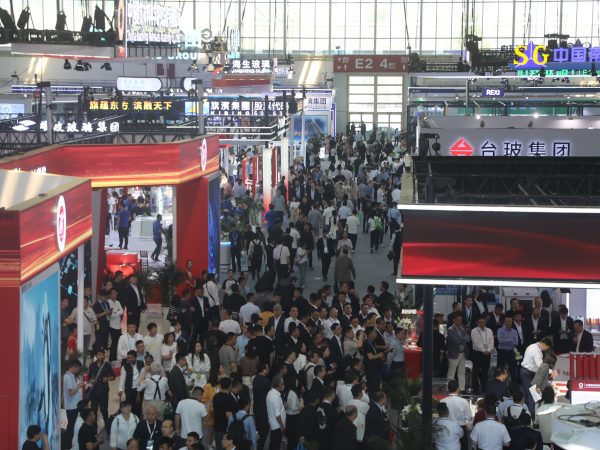
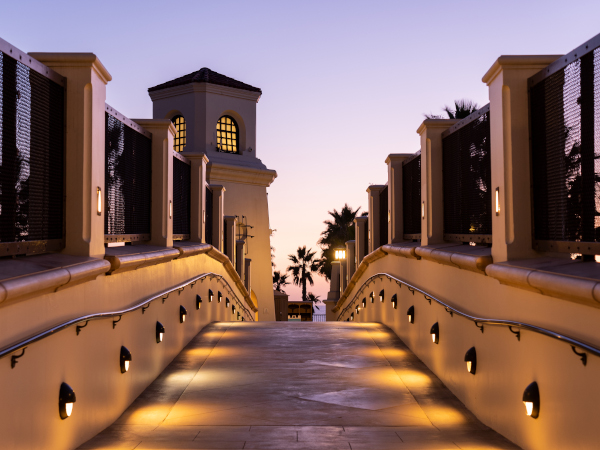
Add new comment